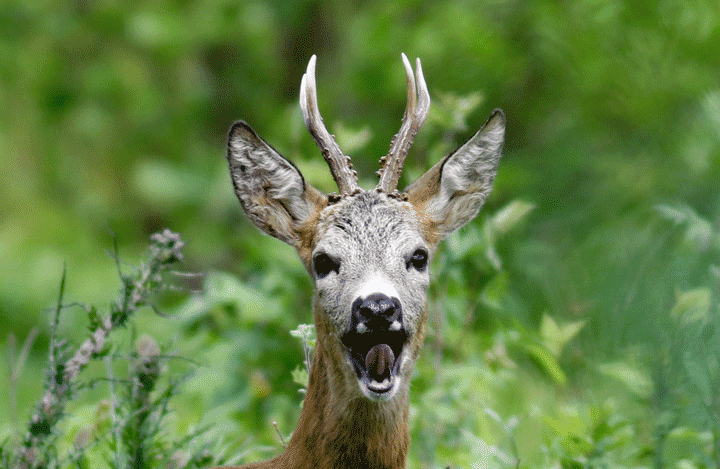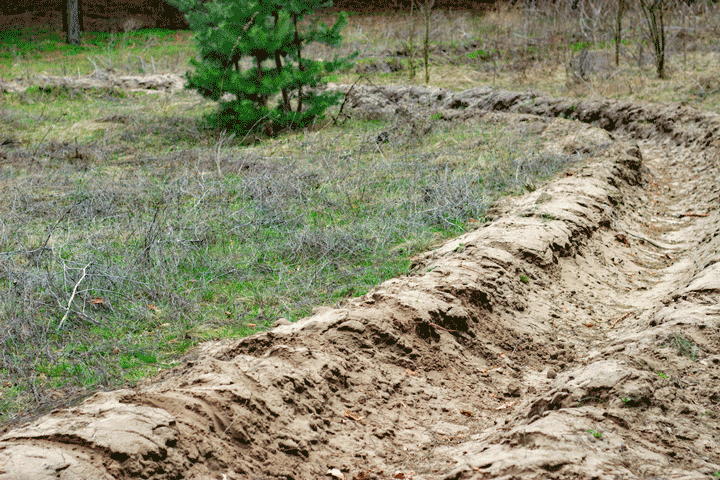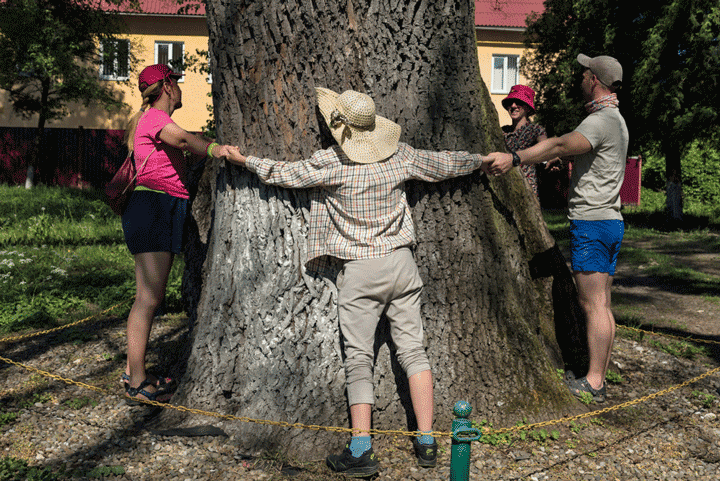You-Me-We-Us. The short distance between how they live and the protection of the forest
For the Sgaw people, the forest and their lives go hand in hand. That is why their lives are so connected to nature in terms of their beliefs, their rituals and their livelihoods.
The way of life and customs of the Sgaw people are based on living together with the forest. The first generation of people who settled here and earned a living lived a simple life and have been relying on the forest ever since. They pass this development on generation after generation within their Sgaw community and that has led to respect for nature and a bond of trust between people and trees.
The meaning of the navel tree
To express the Sgaw faith, the 'navel tree' is a wonderful example. Every Sgaw has such a navel tree, De-Po-Tu in their language. After the birth of a Sgaw, the father puts the placenta in a bamboo tube and ties it to a tree. This tree is carefully chosen; the sturdiness of the tree and the ability to bear fruit for humans and animals.
The origin and existence of the navel tree are seen as a supernatural bridge that connects man and tree. For that reason, there are more trees and forests around a village when more people live in the village. The navel and other trees could be the start of a collective community effort to protect their property.
The story of the navel tree is still true today. But bears came on the road because in current generations children are born in the hospital. It proved difficult to explain their belief in the navel tree to the doctors. But after visiting the village and the forest, the doctors understood. And today doctors and nurses ask whether the mother-to-be is a Sgaw and whether the placenta should be preserved for the rites.
Knowledge of forest, plants and animals

Barking deer, the Muntjak deer.
Another habit arises from years of experience with the forest. The Sgaw people know every tree in the forest. And not only by name but also by their properties. Characteristics such as blossoming and fruiting period, air and humidity conditions and their place in the forest. Some names are a reference to the place in the forest, such as 'Chodohmohde', which indicates a mountain pass where the pinus contorta, the twisted tree, grows.
Knowledge of leaf properties, smell, colors and shape is quite normal. The death of a tree, whether natural or otherwise, becomes an important item in the conversations of the villagers. It is discussed in great detail where things went wrong with the measures to prevent accidents such as forest fires. This deliberation eventually becomes entrenched in every Sgaw community.
The interchange
Before the plowing of the land begins, the Sgaw communities hold the 'handfasting' ceremony, tying the hands of the youngest. The other members of the community then bless them and pray that their 'Kwan' or 'guardian' will stay with them for a very long time. The Sgaw have 37 Kwans which consist of animals including insects, such as the Muntjak deer, other deer, birds, grasshoppers and more.
In the Sgaw way of life, the body does not consist of just one element, but also of the spirits of other living beings. If an animal is absent, the Sgaw will miss part of its life. This belief has led the Sgaw to respect and value all life around them. The binding of hands should teach the youngest that man must share, not only with other people but also with plants, animals and insects.
'Ortee Kertortee, Orkor Kertorkor'; drink water and save on water. Use the forest and protect the forest. One of the spells the Sgaw use to bless their people and environment. This is also evident from their behavior when collecting food.
Plants and vegetables grow along the river that can be used in their food. When they go into the water, they look for shrimps, crayfish and fish that live between the rocks. During all seasons they fish for their food and they know exactly when fish spawn and for which animals it is breeding time so that they do not catch them.
firebreaks

Example of a simple firebreak in a forest.
Towards the end of February, a new season begins and it gets warmer. Then the leaves fall and there is a risk of forest fire. Because fires kill trees every year, the villagers collectively build firebreaks and organize a fire watch. They also know that animals such as the Muntjak deer, pheasants, other fowl and more animals than hatchlings or lay eggs, so it is important to prevent fires and clean up waste right then.
This is an article from the workshops 'Creative and Strategic Communication for Sustainability' organized by the UNDP and the organization Realframe with the support of the EU.
Source: https://you-me-we-us.com/story-view Translation and editing Erik Kuijpers. The article has been shortened.
Author Prasit Siri
A man of the Sgaw Karen group who grew up in a small village in a valley between the mountains. He still learns from nature every day. Loves photography and wants to share his life story with the world. For his photographic work, see: https://you-me-we-us.com/story/from-human-way-of-life-to-forest-conservation


